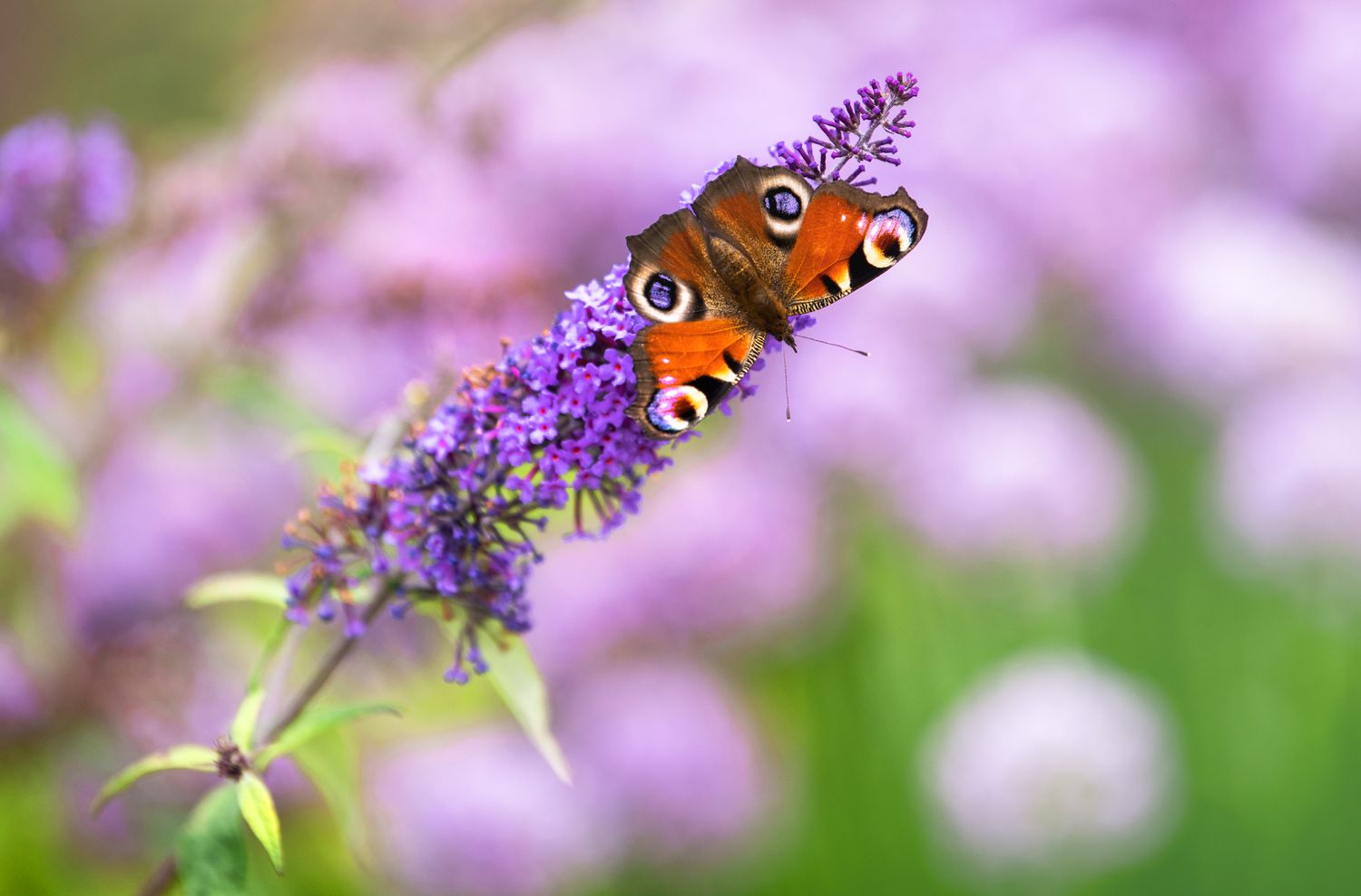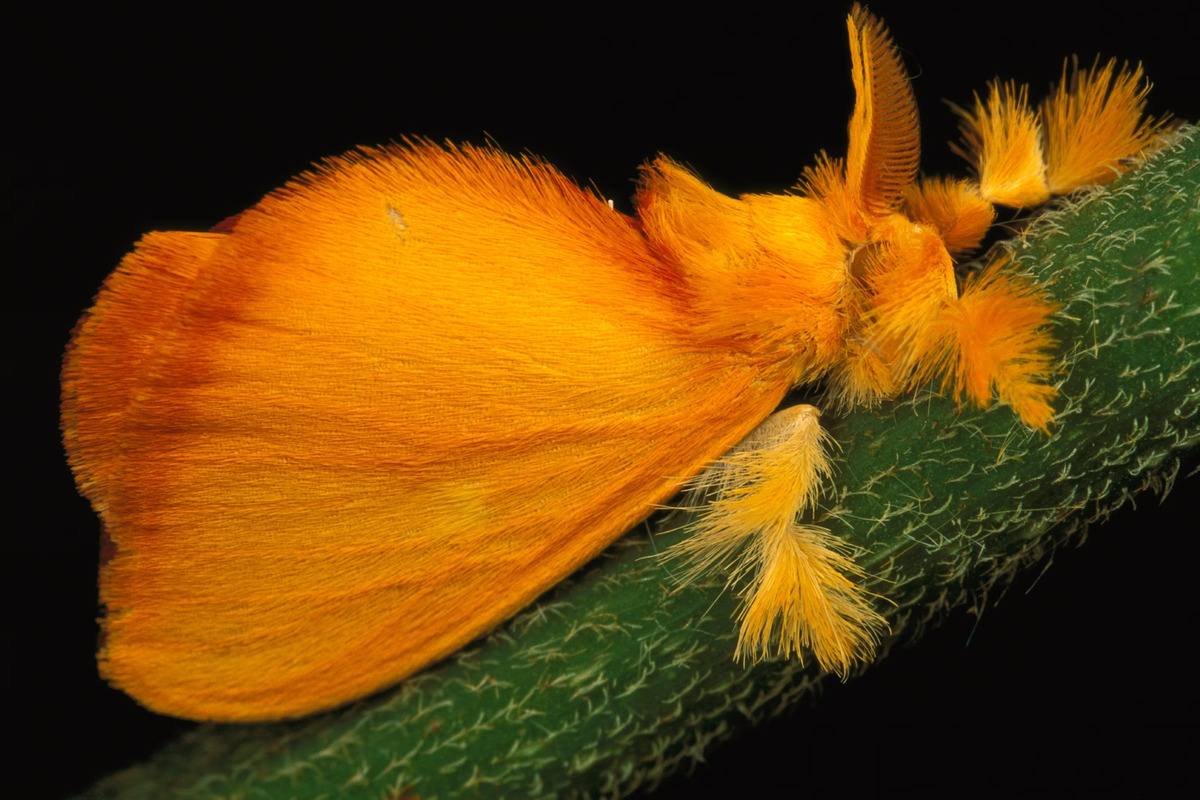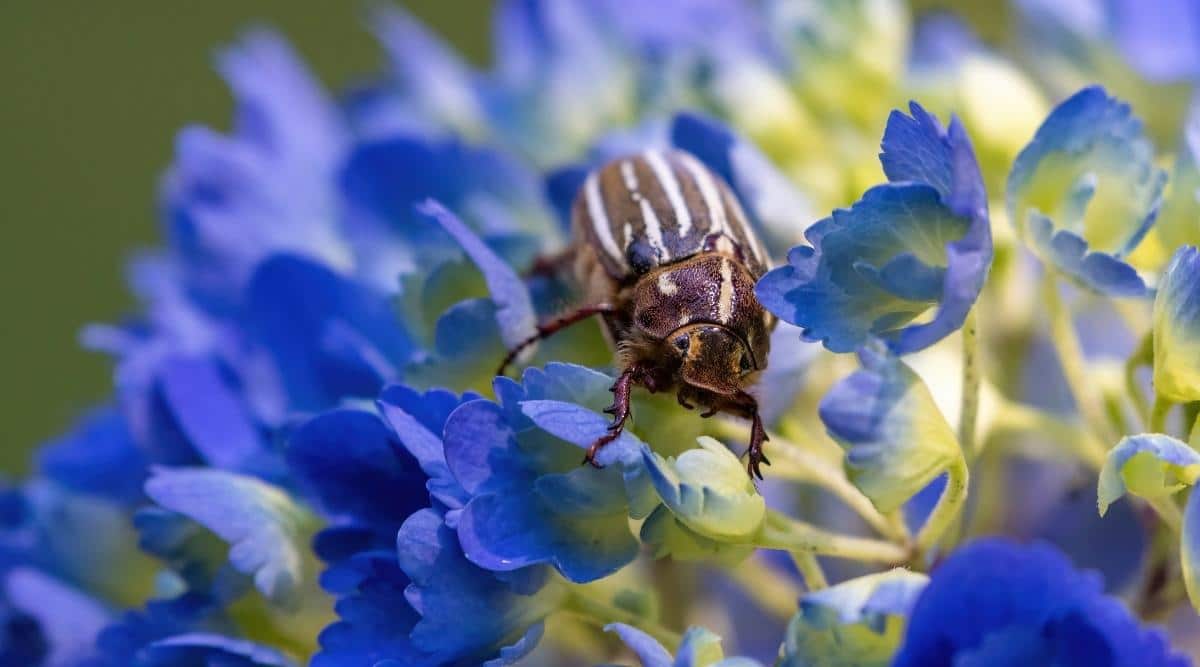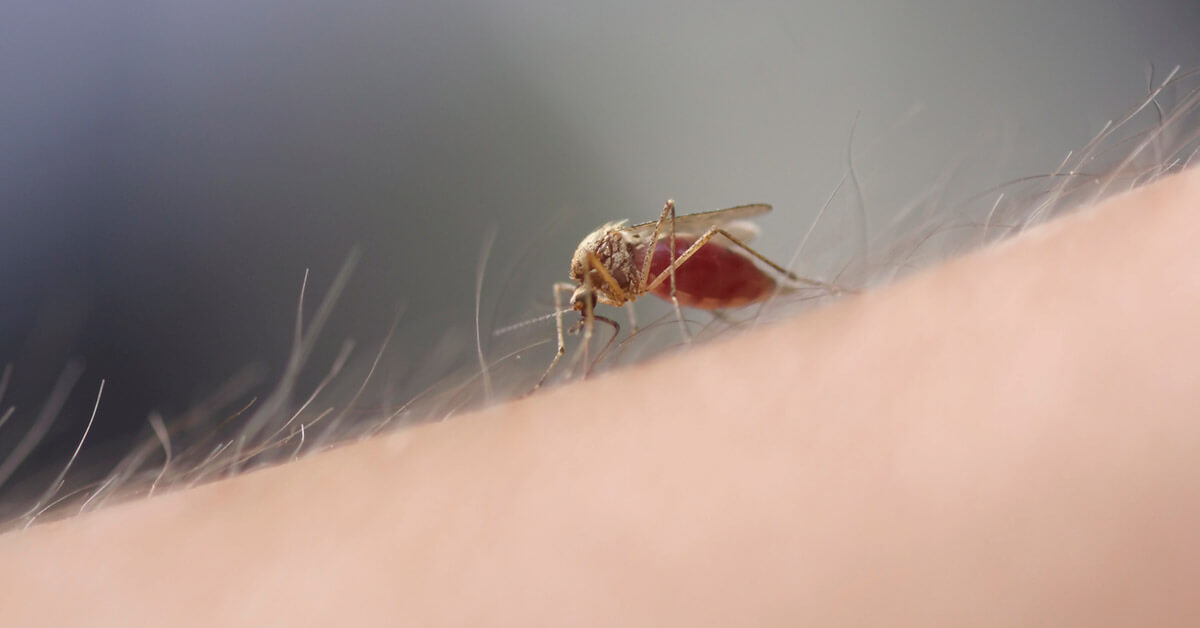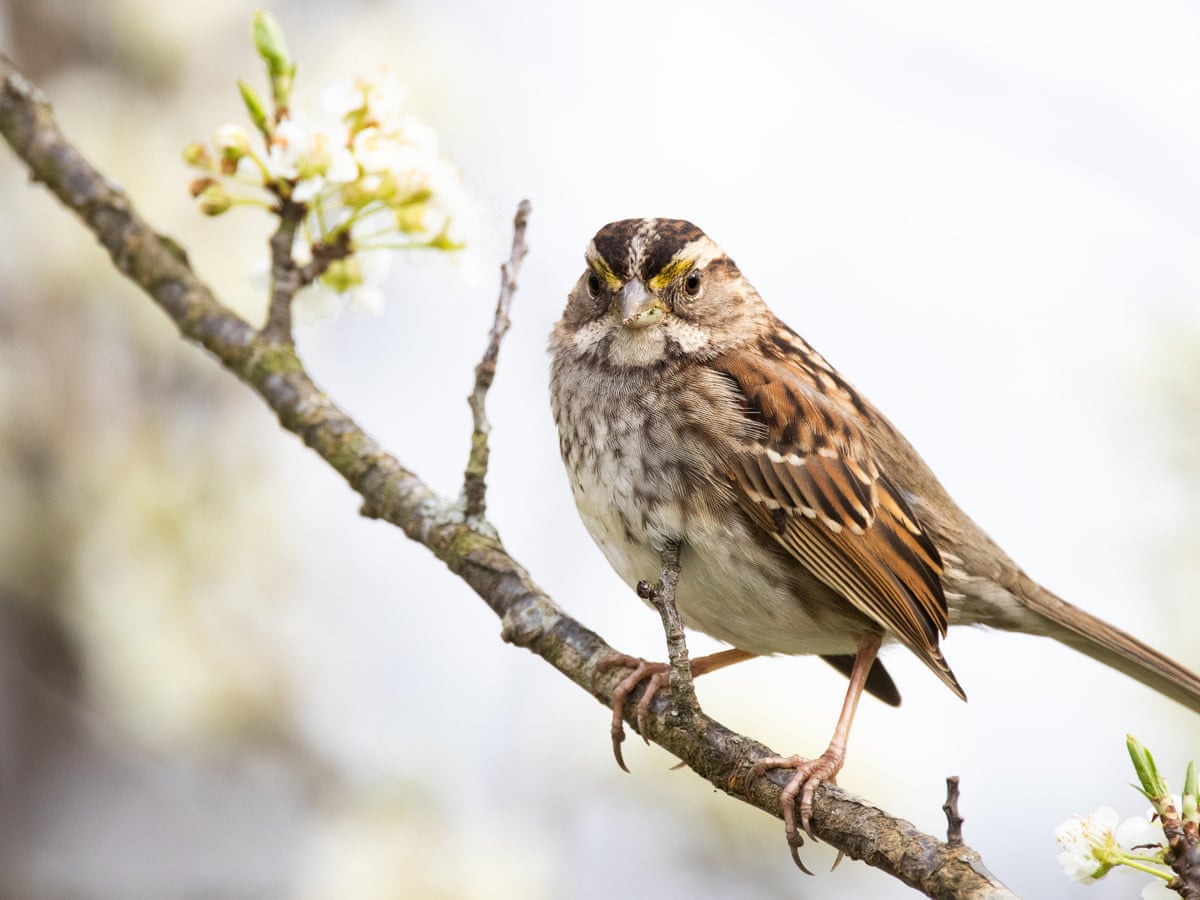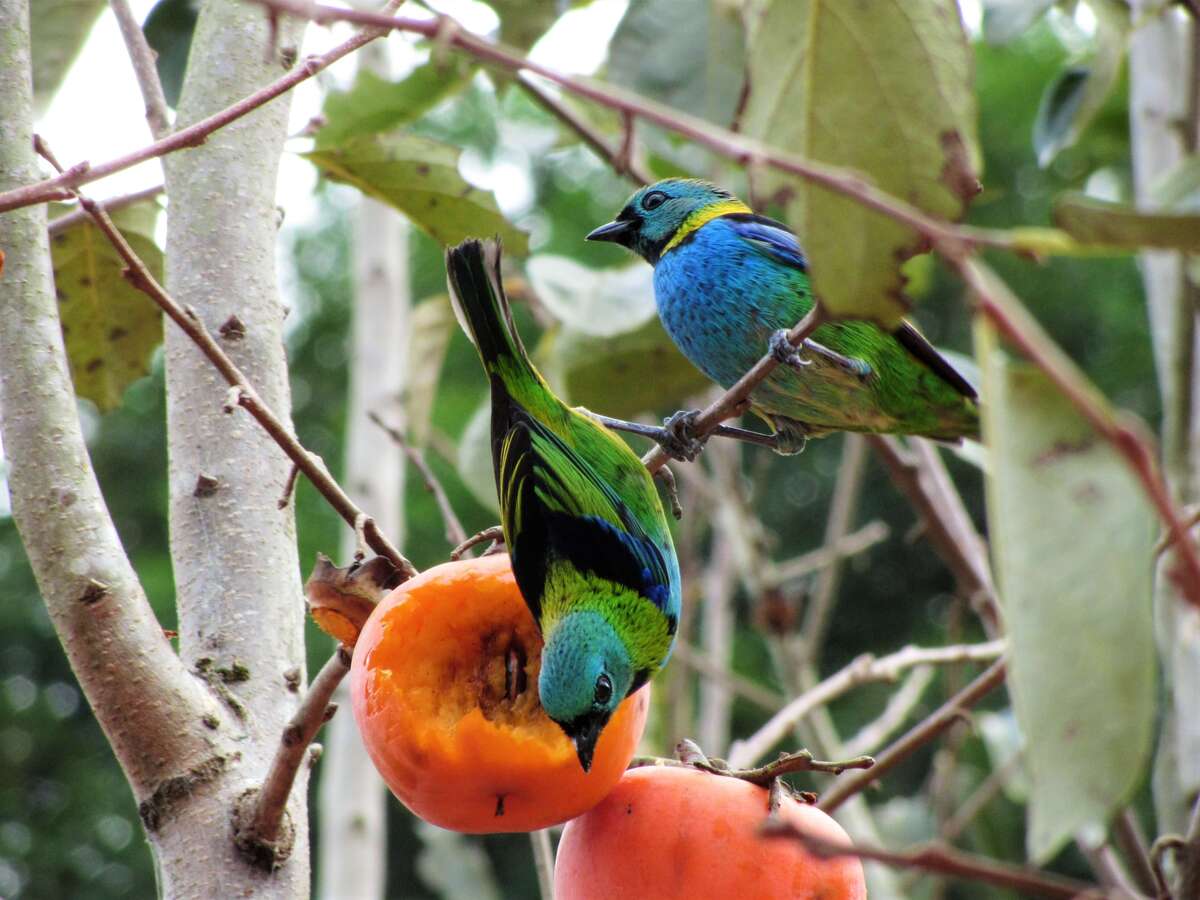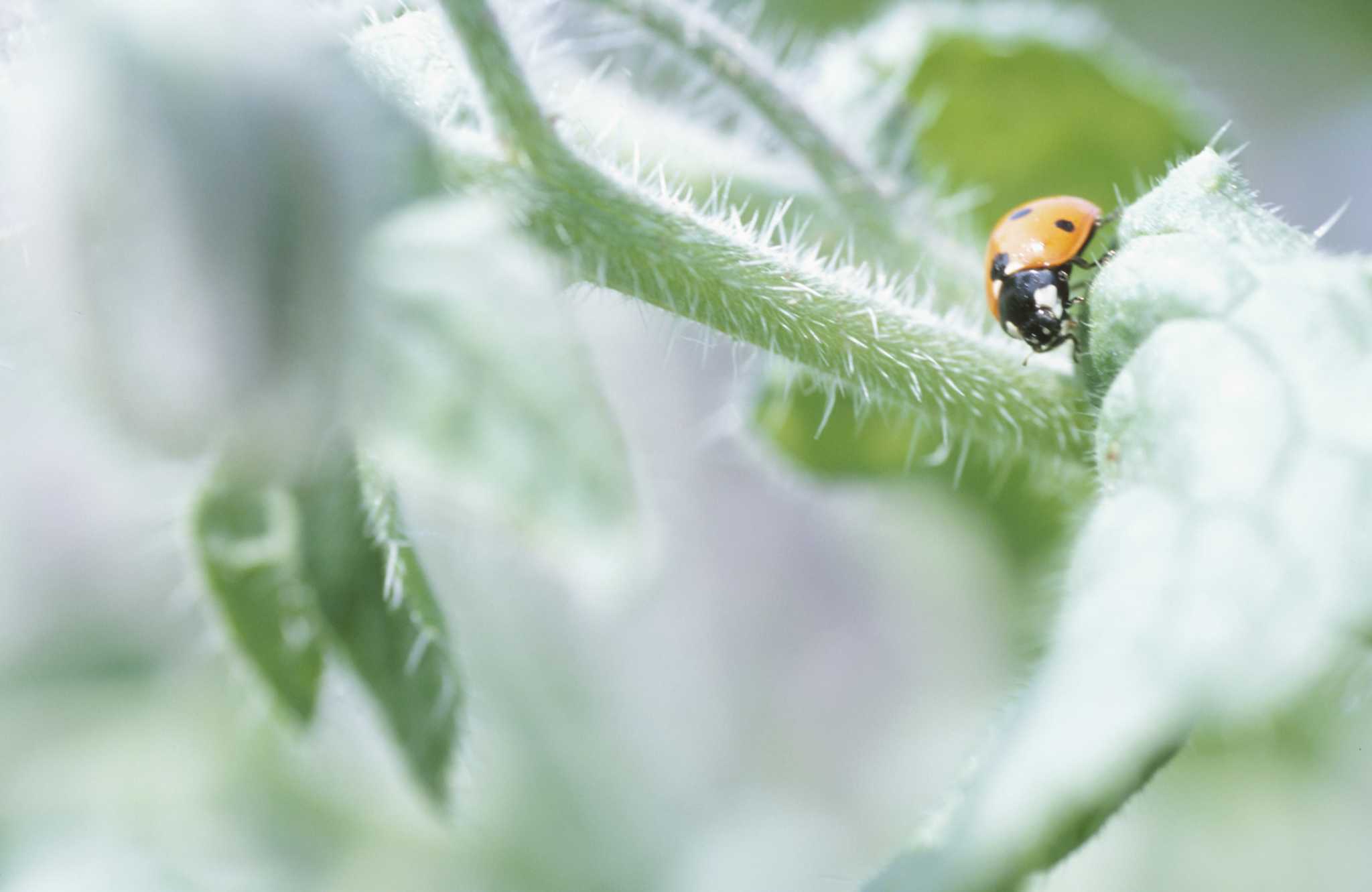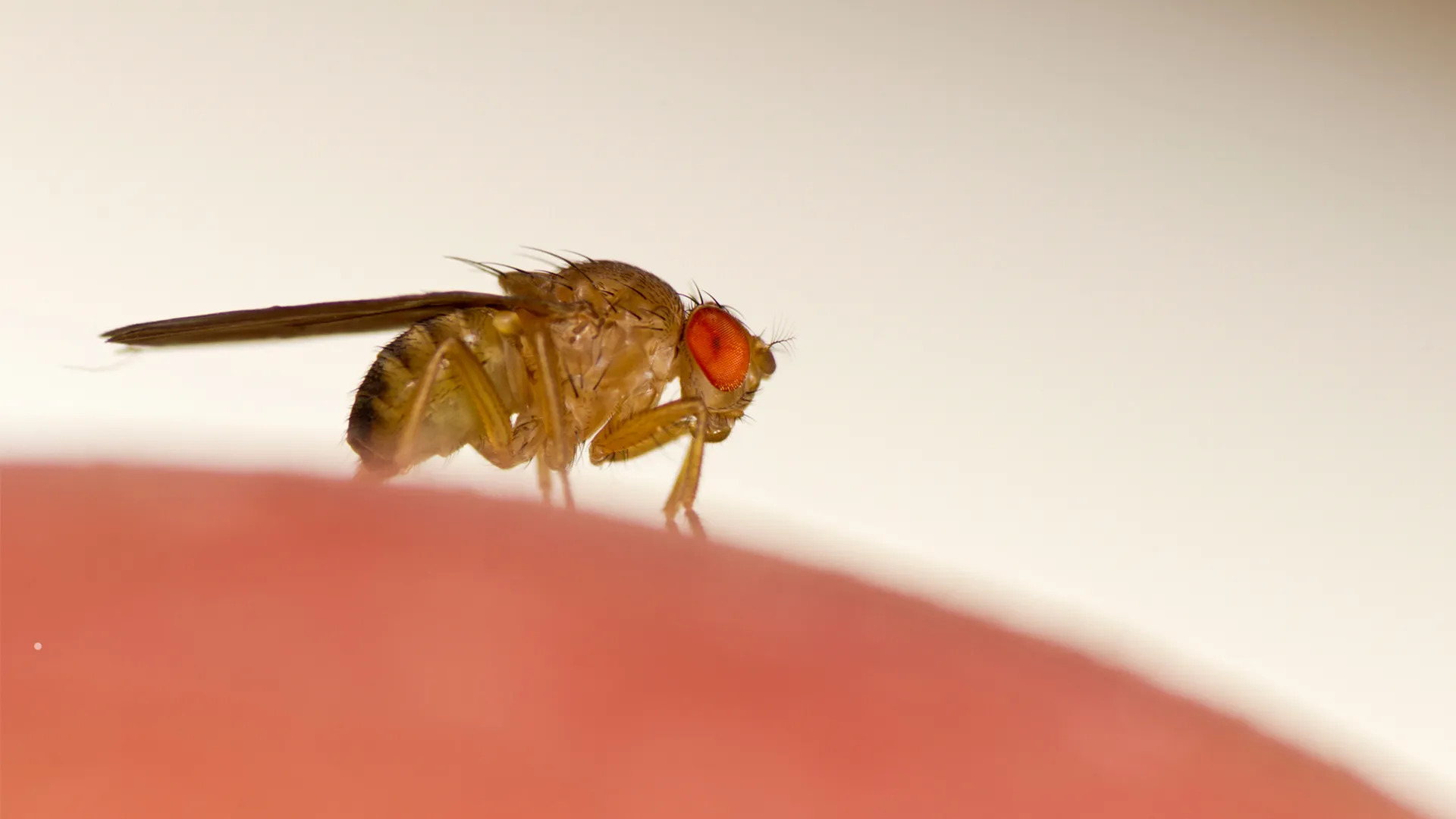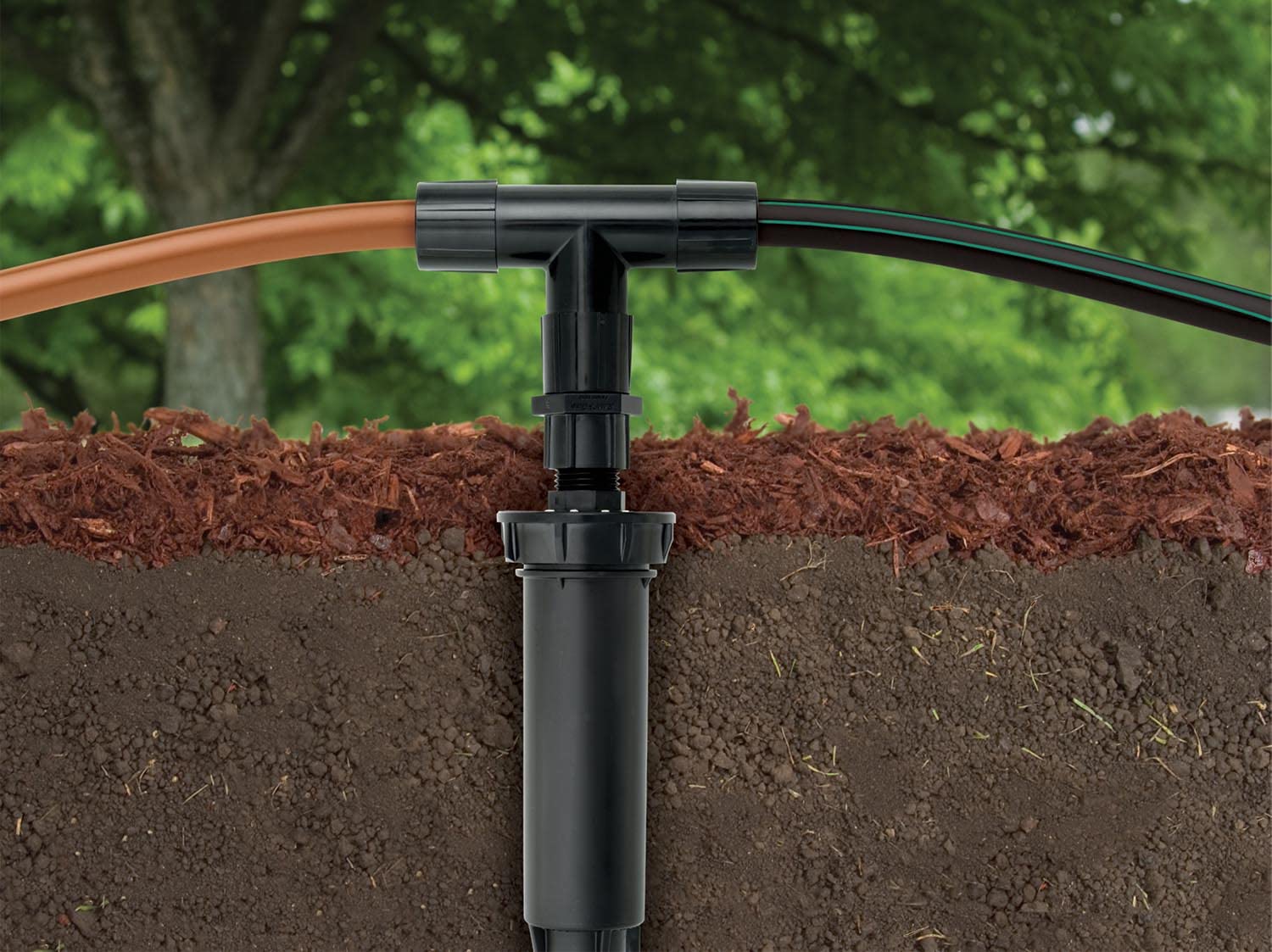Home>Gardening Tips and Tricks>Eco-Friendly Gardening>How To Attract Birds To Backyard


Eco-Friendly Gardening
How To Attract Birds To Backyard
Modified: January 22, 2024
Learn how to attract birds to your backyard with eco-friendly gardening techniques, creating a harmonious environment that benefits both nature and your garden.
(Many of the links in this article redirect to a specific reviewed product. Your purchase of these products through affiliate links helps to generate commission for Chicagolandgardening.com, at no extra cost. Learn more)
Table of Contents
Introduction
Welcome to the world of eco-friendly gardening! Have you ever dreamed of turning your backyard into a vibrant oasis, buzzing with the delightful melodies of birds? If so, you’re in the right place. Creating a bird-friendly environment not only adds beauty and life to your backyard but also contributes to the overall health of the ecosystem. By implementing sustainable gardening practices and making conscious choices, you can attract a wide variety of bird species to your outdoor space.
Attracting birds to your backyard goes beyond simply setting up a birdfeeder. It involves creating a holistic environment that provides food, shelter, water, and safety for our feathered friends. By doing so, you can witness the joys of birdwatching and contribute to the conservation efforts of these magnificent creatures.
In this article, we will guide you through the steps of transforming your garden into a haven for birds. We’ll look at various aspects of creating a bird-friendly environment, including providing food, installing birdhouses, selecting the right plants, and providing water sources. Additionally, we’ll cover common pitfalls to avoid to ensure a truly thriving bird habitat.
Whether you’re an experienced gardener or just starting on your green-thumb journey, this article will equip you with the knowledge and inspiration to create an eco-friendly garden that attracts and supports a diverse range of bird species. So, get ready to dive into the world of eco-friendly gardening and prepare for a symphony of birdsong right in your own backyard!
Creating a Bird-Friendly Environment
Creating a bird-friendly environment in your backyard involves providing the right conditions and resources that birds need to thrive. Here are some key steps to take:
- Reduce pesticide use: Birds are highly sensitive to pesticides, so it’s essential to minimize or eliminate their use. Opt for natural pest control methods like companion planting or introducing beneficial insects to your garden.
- Eliminate hazards: Make your yard safe for birds by removing or securing potential hazards such as reflective surfaces, open windows, and loose netting. These can cause confusion or injury to birds.
- Create varied habitat: Birds thrive in diverse environments. Incorporate a mix of trees, shrubs, and ground cover to provide different levels of shelter, nesting sites, and foraging opportunities.
- Maintain native vegetation: Native plants are well adapted to your local climate and provide a natural food source for birds. Choose a variety of native plants to attract a wide range of bird species.
- Minimize outdoor lighting: Excessive outdoor lighting can disrupt bird behavior, especially during migration. Use motion-sensor lights and shielded fixtures to reduce light pollution and prevent disorientation.
By implementing these practices, you can transform your yard into a haven for birds. Remember, creating a bird-friendly environment is an ongoing process that requires consistent care and attention. Keep a watchful eye on your garden, and adapt your efforts as needed to provide the best possible habitat for your feathered friends.
Providing Food for Birds
Offering a reliable food source is a key way to attract birds to your backyard. By providing a variety of nutritious foods, you can create a feeding station that will entice birds to visit regularly. Here are some tips on how to provide food for birds:
- Install bird feeders: Place bird feeders in different locations around your yard, ensuring they are easily accessible and visible to birds. Use a variety of feeder types, such as tray feeders, tube feeders, and suet feeders, to attract different bird species. Remember to clean and refill the feeders regularly to prevent the spread of diseases.
- Offer a variety of bird foods: Different bird species have different dietary preferences. Fill your feeders with a mix of seeds, such as sunflower seeds, nyjer seeds, and millet, to cater to a wide range of birds. Include suet cakes, fruit, and nectar feeders to attract specific species like woodpeckers, orioles, and hummingbirds.
- Plant bird-friendly trees and shrubs: Choose plants that produce berries, fruits, or nuts, which birds can feed on directly. Examples include elderberries, serviceberries, and holly bushes. These natural food sources will supplement the offerings at your bird feeders.
- Provide year-round food: Birds rely on food sources throughout the year, especially during the winter months or migration periods. Ensure that your feeders are stocked with food during these times when natural sources may be scarce.
Remember, it may take some time for birds to discover and trust your feeding station. Be patient and consistent with providing food, and eventually, you will be rewarded with the joyful presence of feathered visitors in your backyard.
Installing Birdhouses and Nesting Boxes
Creating suitable nesting sites is crucial for attracting birds to your backyard and encouraging them to build their nests. Installing birdhouses and nesting boxes provides a safe and secure place for birds to lay their eggs and raise their young. Here are some guidelines for setting up these structures:
- Choose appropriate birdhouse designs: Different bird species have specific nesting requirements. Research the types of birds in your area and select birdhouses that cater to their needs. Consider factors such as entrance hole size, cavity depth, and the location of perches.
- Position the birdhouses correctly: Mount birdhouses on sturdy poles or attach them securely to trees or buildings. Place them at a height that is suitable for the species you wish to attract. Some birds prefer higher positions, while others like their nests closer to the ground.
- Provide adequate protection: Ensure that the birdhouses have sufficient protection from predators, such as installing baffles to deter squirrels or placing them away from areas where domestic pets may pose a threat.
- Maintain and clean the birdhouses: Regularly inspect the birdhouses for damage, wear, or signs of pests. Clean out old nesting materials after the breeding season to prepare for the next year. This helps maintain a healthy nesting environment for the birds.
By installing birdhouses and nesting boxes, you are offering birds a safe place to raise their young while fostering biodiversity in your backyard. The presence of active nests adds another layer of interest and excitement to your eco-friendly garden.
Choosing Bird-Friendly Plants and Flowers
Selecting the right plants and flowers is essential for creating an inviting habitat for birds in your garden. By choosing bird-friendly plants, you can provide a natural food source, cover, and nesting material. Here are some tips to help you create a bird-friendly plant oasis:
- Plant native species: Native plants are adapted to local conditions and provide a familiar food source for native bird species. Research your region’s native plants and incorporate them into your garden.
- Choose plants with berries and fruits: Birds are attracted to plants that produce berries, fruits, and seeds they can feast on. Consider planting species like serviceberries, elderberries, dogwoods, and sunflowers.
- Include nectar-rich flowers: Flowers that produce nectar are a magnet for hummingbirds and other nectar-feeding birds. Plant flowers such as bee balm, salvias, trumpet vine, and columbines to attract these beautiful creatures.
- Create plant diversity: Incorporate a variety of plants with different flowering times, heights, and structures. This provides year-round food sources and diversifies the bird species that visit your garden.
- Consider providing nesting materials: Some plants, like grasses and shrubs with dense foliage, can be used by birds as nesting material. Consider leaving some plants untrimmed to provide these materials for nesting birds.
By incorporating bird-friendly plants and flowers into your garden, you not only attract and support birds but also improve the overall health and biodiversity of your outdoor space. Plus, you get to enjoy the beauty of blooming flowers and the delightful presence of birds fluttering about.
Providing Water Sources
Water is essential for birds, both for drinking and bathing. By providing a water source, you can attract a wide variety of bird species to your backyard. Here’s how you can ensure birds have access to clean and fresh water:
- Install a bird bath: Place a shallow bird bath in a quiet and easily accessible area of your garden. Ensure it has a gently sloping basin to accommodate birds of all sizes. Keep the bird bath filled with fresh water and clean it regularly to prevent the spread of diseases.
- Consider a small pond or water feature: If you have space and resources, a small pond or water feature can be an excellent option for attracting birds. Incorporate shallow areas, rocks, and plants to provide perching spots and create a naturalistic environment.
- Add a dripping or misting device: Birds are attracted to the sound and movement of dripping water. Install a dripper or mister near the bird bath or pond to create a moving water source that will catch the attention of thirsty birds.
- Provide a safe drinking spot: Birds need a safe place to drink water without the risk of predators. Position the bird bath or water feature near shrubs or trees that provide cover and visibility, allowing birds to drink while keeping an eye out for danger.
By offering a reliable water source, you not only provide for the hydration needs of birds but also create opportunities for bird-watching and enjoyable moments in your garden. So sit back, relax, and watch as birds visit your backyard oasis to quench their thirst.
Avoiding Common Bird Attractant Pitfalls
While creating a bird-friendly environment is exciting and rewarding, it’s important to be aware of common pitfalls to ensure the safety and well-being of the birds. Here are some common mistakes to avoid:
- Overuse of pesticides: Excessive use of pesticides can be harmful to birds and their food sources. Opt for natural pest control methods or use pesticides sparingly and responsibly.
- Placing feeders near windows: Birds may become disoriented and collide with windows while flying towards feeders. To prevent window collisions, place feeders at least 3-4 feet away from windows or use window decals to make the glass more visible to birds.
- Using non-native and invasive plants: Non-native and invasive plants may disrupt the natural ecosystem and limit the availability of suitable habitat for native bird species. Focus on planting native species that support local biodiversity.
- Not cleaning bird feeders and baths: Dirty feeders and bird baths can become breeding grounds for bacteria and disease. Regularly clean and disinfect your feeders and baths to maintain a healthy environment for the birds.
- Providing only one type of food: While it’s tempting to stick with a particular type of birdseed or food, offering a variety of foods attracts a broader range of bird species. Experiment with different types of seeds, fruits, and suet to cater to diverse feeding preferences.
- Forgetting about seasonal water sources: In colder climates, it’s essential to provide water sources that don’t freeze during winter. Use heated bird baths or regularly replace the water to ensure birds have access to hydration throughout the year.
By being aware of these potential pitfalls and taking the necessary precautions, you can create a safe and inviting space that truly benefits the birds and helps sustain their populations.
Conclusion
Creating an eco-friendly garden that attracts birds is a fulfilling and rewarding endeavor. By implementing the strategies outlined in this article, you can transform your backyard into a vibrant haven for feathered friends. Providing a bird-friendly environment through sustainable gardening practices, diverse food sources, appropriate nesting structures, and water sources ensures that birds will find your garden an inviting place to visit, nest, and thrive.
Remember, attracting birds to your garden is an ongoing process that requires patience and consistency. It may take time for birds to discover and trust your offerings. Don’t get discouraged if it takes a while for your garden to become a bird paradise. Keep providing food, water, shelter, and nesting opportunities, and nature will reward you with delightful bird sightings.
Creating a bird-friendly garden not only enhances the beauty of your outdoor space but also contributes to the conservation of bird species and the overall health of the ecosystem. Your efforts in providing a safe and welcoming habitat for birds can make a significant impact on their populations and the biodiversity of your area.
So, start incorporating sustainable gardening practices, choose bird-friendly plants, set up feeders and nesting boxes, and enjoy the enchanting presence of birds in your backyard. Gather inspiration from the beauty of nature around you and continue to learn about the needs and behaviors of the birds that visit your garden.
Remember, every small step you take towards creating an eco-friendly garden makes a difference. Together, we can create a world where birds thrive, and our gardens become vibrant sanctuaries for nature.
